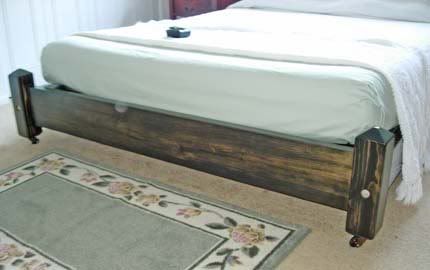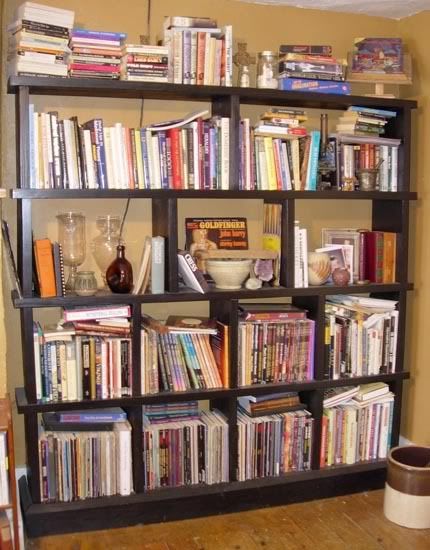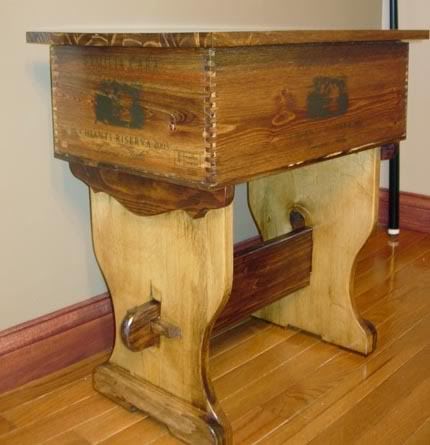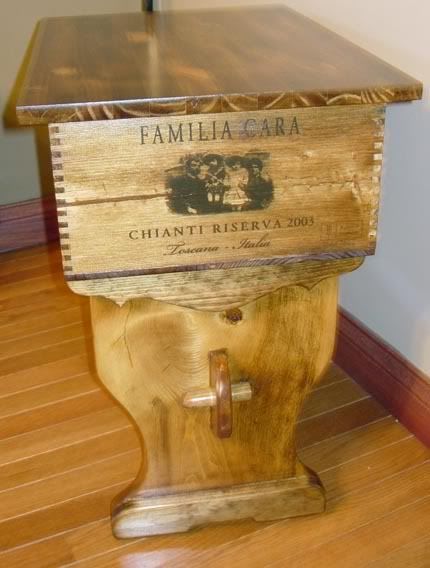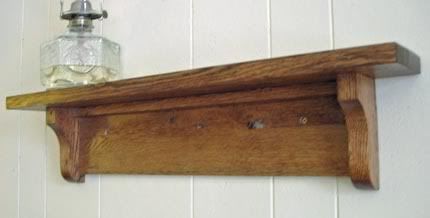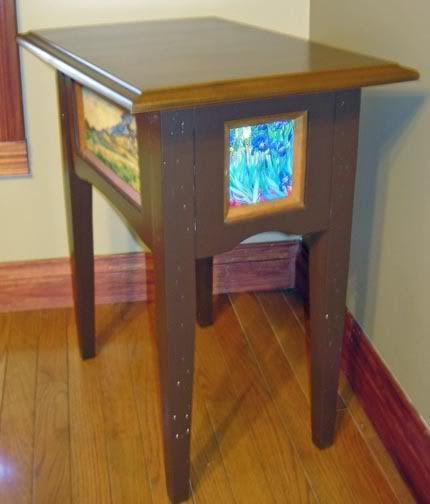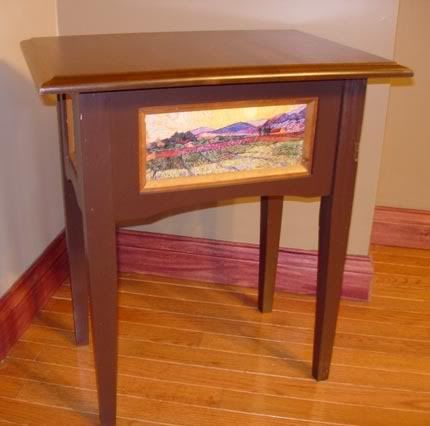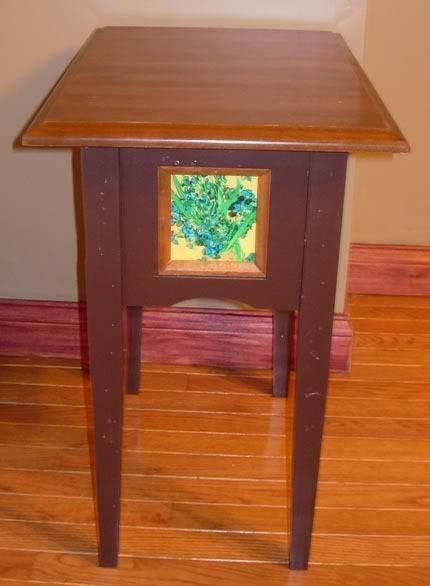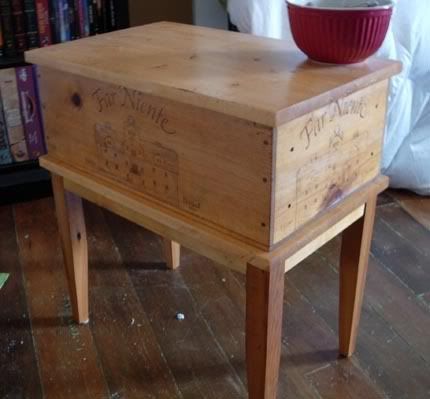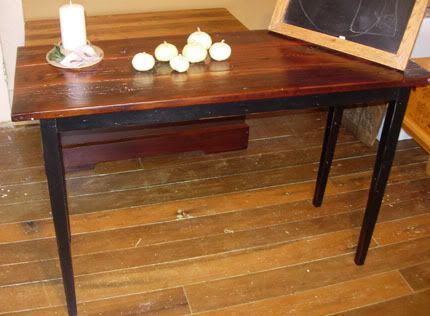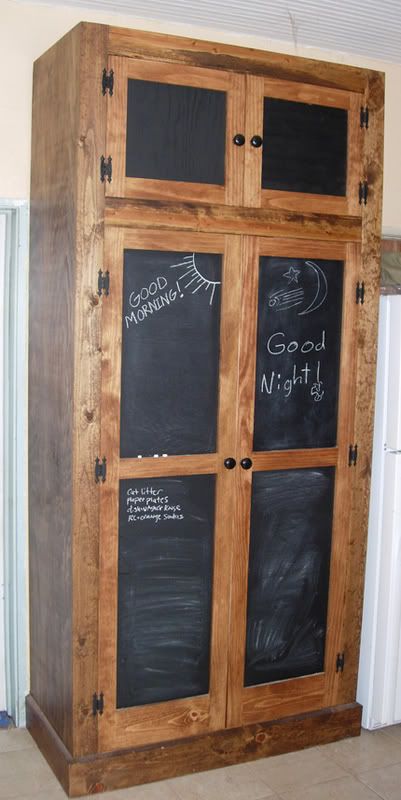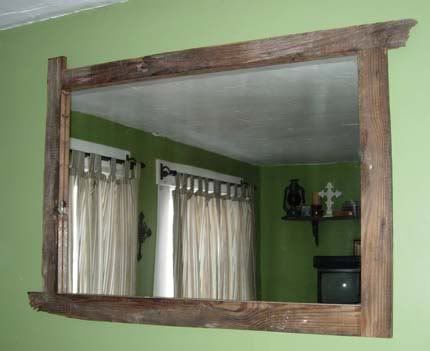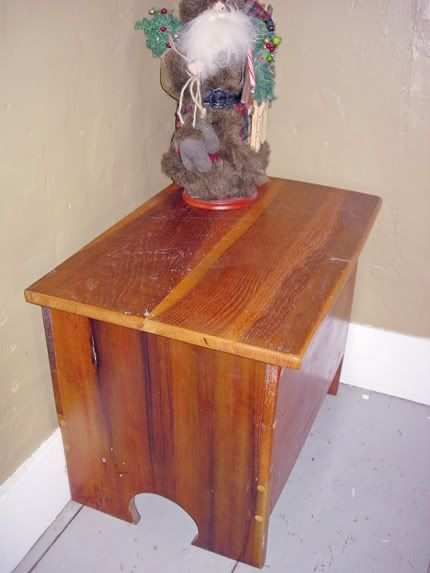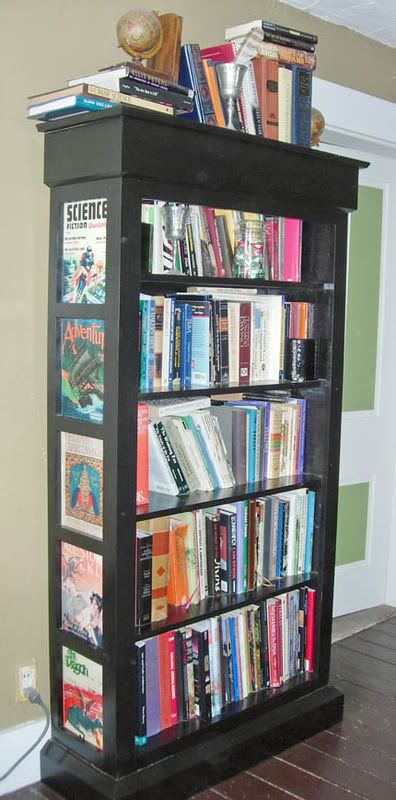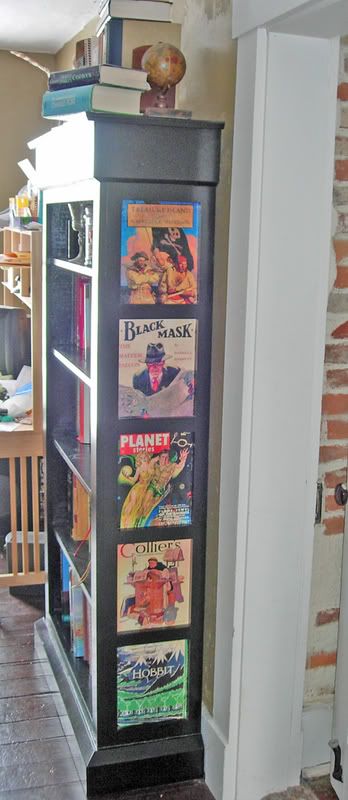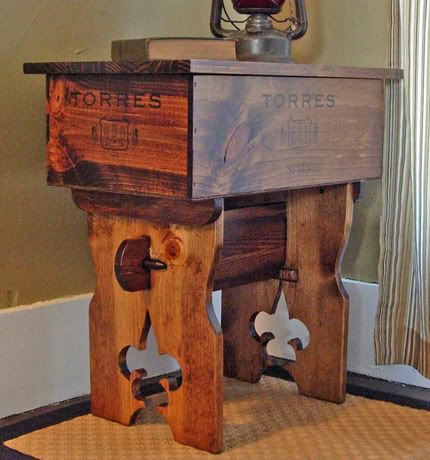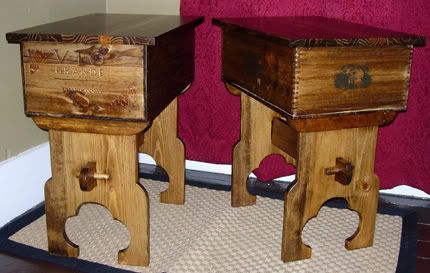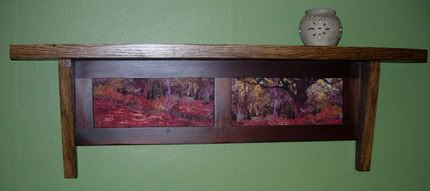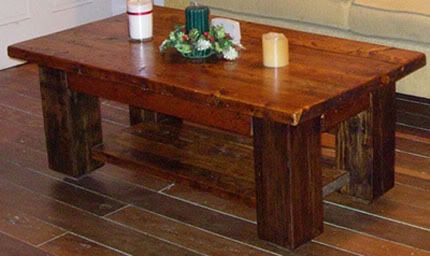 I got a little booth at the Monrovia Festival this year. Above is a pic of me and my display. I wasn't really sure that what I have to offer would go over well. A town festival isn't usually the sort of venue that people go to to look for furniture. Especially my own sort of one-off designs.
I got a little booth at the Monrovia Festival this year. Above is a pic of me and my display. I wasn't really sure that what I have to offer would go over well. A town festival isn't usually the sort of venue that people go to to look for furniture. Especially my own sort of one-off designs.The whole thing turned out much better than I expected, however. I sold several pieces when I was really just hopeful for a couple of sales. I had to print more business cards as we went through what we had the first day.
The attendance was much larger than I expected, or remembered from previous years. I'm getting the feeling that people are choosing to attend smaller, local events like the Monrovia Festival, rather than drive farther, and spend more money at larger, events, or on travel and vacations. It seems that the failing economy is likely to force a re-invigoration of local economies and small scale crafts, as world-spanning businesses and supply chains become less viable.
This suites me just fine.
I also think that when people choose to spend their money, they will more and more pick items which are of higher quality, are unique, and will hold their value. I may just be projecting my wishes on the world here, but, I think, in an economy that is reality-based, and not a castle-in-the-sky of financial fantasy, long lasting items with character will have an edge over the mass-produced non-working replicas of real products which fill the bigboxes now.
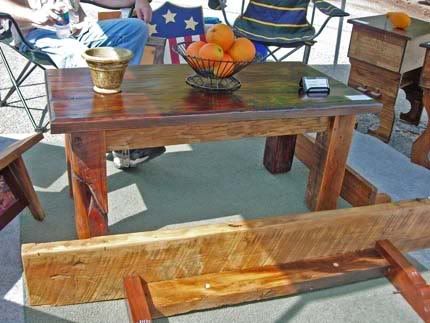 Here is a coffee table and mantle shelf I brought to the Festival. Both are from salvaged materials.
Here is a coffee table and mantle shelf I brought to the Festival. Both are from salvaged materials.The coffee table is poplar,(top and apron), cedar and ash,(legs). Legs are an interesting find. They were cut from 4x4 beams that served as floor joists in a little barn that was torn down, and then dumped at the home of a friend of mine. He was just going to use the wood in a bonfire for a party, but he let me rummage through it first, knowing I love to salvage useful things, and I pulled out four beams. Three cedar and one ash.
the ash is pale and pretty straight, but the cedar is wainy and had lots of old checking and fractures. As soon as I cut it, it filled the shop with the scent of cedar oil, even though it's who knows how old.
The Mantle Shelf is white oak, and walnut, also an interesting story. The shelf itself was once part of a door frame in my basement, easily cut 160 years ago. I had to pull out the frame last fall to get the new furnace in. We also had to widen the opening in the wall, so the old frame couldn't go back.
In the pic, you can see the shallow curve of the saw blade that cut the plank in the first place. When I get some thing that proves the age and character of a piece of wood, I never take all of it off in the refinishing process. I love that sort of thing.
On the right end of the shelf, which you can't see in the picture, there is a large iron spike that was driven in to the door frame at some time. I don't know what for, but it looks great, and it's nearly impossible to get something like that out of old oak, so I left it in.
The corbels that support the shelf are walnut, and pieces I salvaged from the remains of a very old player piano. Just how old that piano was, I don't know, but most of it had collapsed into dust when I took it apart.
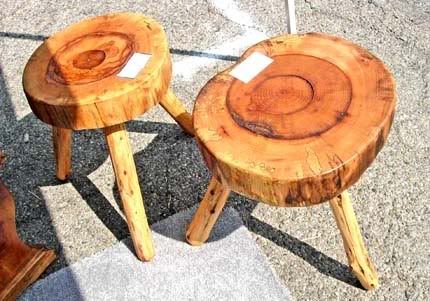 Here is a pair of tables/stools made of ash and cedar. Ash tops and cedar legs. The ash is from a downed tree back in the woods. It came down three years ago, and I'm pretty sure the ash borers are to blame for it's death. I'm seeing quite a few dying ash trees on the property now.
Here is a pair of tables/stools made of ash and cedar. Ash tops and cedar legs. The ash is from a downed tree back in the woods. It came down three years ago, and I'm pretty sure the ash borers are to blame for it's death. I'm seeing quite a few dying ash trees on the property now.A log of that size, parts of it are more than two feet in diameter, needs a few years to dry out enough to be stable for furniture building. There was still some checking that appeared after I cut some plates for the tops, but I doubt it will cause any problems down the line.
The legs are from a standing dead cedar that was near by. It had been out competed for sunlight under the forest canopy and was already nice and dry. Also, the cedar oil is a great rot inhibitor.
I used an antique draw knife belonging to a friend to shave the legs down to a diameter for the tenons that plug into the mortises in the undersides of the plates. I had to use my clamping table to hold the legs while I shaved them, and it was a pain in the neck. Building a proper shaving horse for the shop is definitely on my too-do list now.
